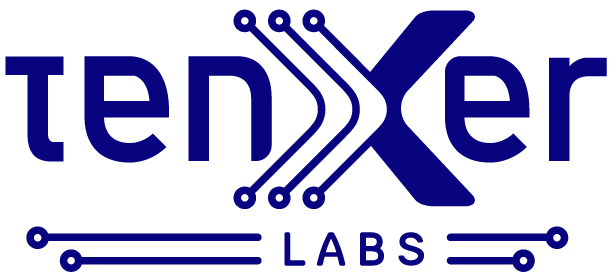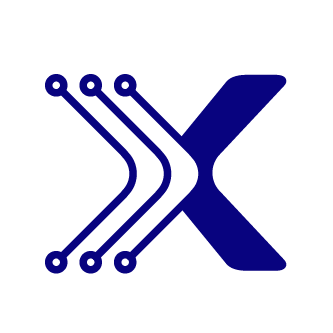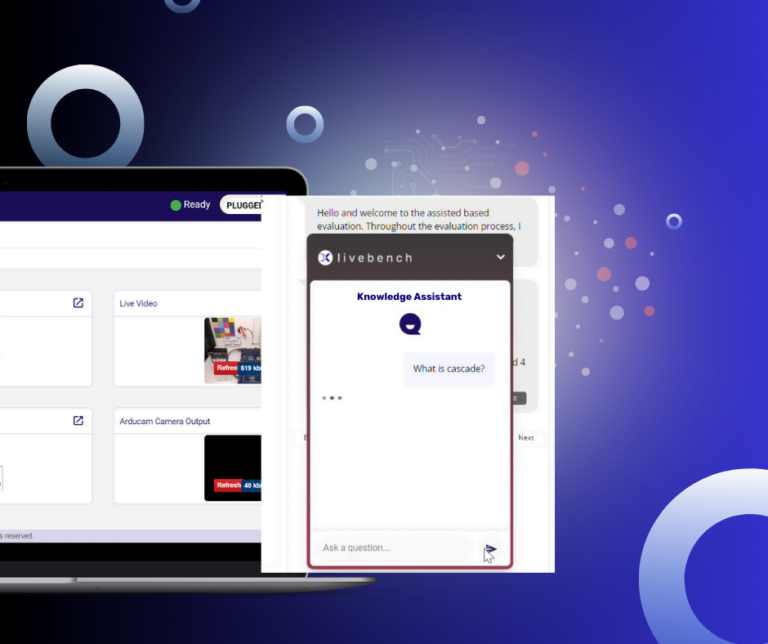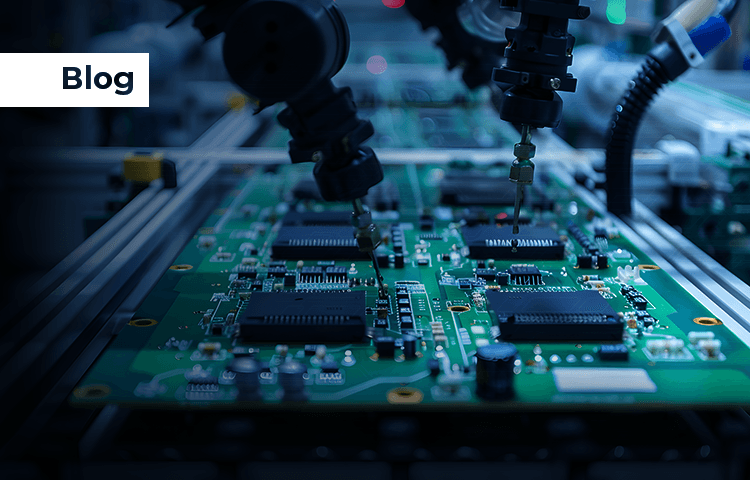Introduction
In the electronic design world, engineers grapple with significant challenges when finding information about ICs (Integrated Circuits), subsystems, and boards while evaluating their designs. The traditional sources of information, often buried in complex datasheets, present hurdles that impede the design process. Design engineers, on average, spend substantial time reading and retrieving information, slowing down the pace of innovation. However, LiveBench’s Knowledge Assistant is changing this, offering a transformative solution that significantly improves the lives of design engineers.
Decoding the Challenge
Electronic design has become increasingly complex, demanding a shift from traditional approaches to data retrieval. The surge in data and the intricacies of modern technology call for a more efficient solution.
Design engineers for ages have been facing a formidable challenge in extracting relevant information about ICs, subsystems, and boards from existing sources. Navigating through extensive and multiple datasheets has always been time-consuming, leading to inefficiencies in the design process.
On average, engineers can spend anywhere from a few hours to several days thoroughly reviewing and comprehending datasheets to ensure accurate integration of components into their designs. This not only delays the design lifecycle but also hampers their ability to explore creative and innovative aspects of their work.
When engineers read datasheets, they sometimes encounter common pitfalls.

The Power of AI in Electronic Design Evaluation with LiveBench’s Knowledge Assistant
Harnessing the capabilities of Artificial Intelligence (AI) is the answer to navigating such pitfalls. LiveBench’s Knowledge Assistant, with its AI-driven chat interface, becomes the bridge between engineers and the wealth of information within datasheets. The tool’s intelligent chat interface allows engineers to swiftly retrieve precise information, eliminating the need for extensive manual decoding of datasheets. By streamlining this process, LiveBench significantly improves the efficiency of design engineers. This efficiency accelerates the design phase, leading to faster product development.
Here are some of the ways how Knowledge Assistant on LiveBench is transforming evaluation:
Automated Extraction & Instantaneous Assistance: Design engineers no longer need to be caught in a loop of prolonged searches through extensive documentation, leading to frustration and delays. They can swiftly access specific information by simply querying the Knowledge Assistant, expediting the understanding process. The Assistant automatically extracts critical parameters from datasheets, saving engineers from tedious manual scanning.
Quantifiable Impact, Unleashing Potential: The impact of prolonged information retrieval is not just a matter of lost time; it stifles creativity and hampers innovation. Design engineers need a solution that not only saves time but also unleashes their creative potential. Design engineers report a staggering 80% reduction in information retrieval time. Beyond the numbers, this translates into a newfound freedom for engineers to explore creative solutions and push the boundaries of innovation.
Contextual Queries and Summarization: Engineers can ask contextual questions about components, receiving relevant information from the datasheet sections. Alsop, complex datasheets are condensed into concise points, aiding engineers in grasping essential information efficiently.
Cross-Referencing for Insights and Precision: Electronic design is not about speed; it is about precision and seamless integration of components. Conventional approaches to information retrieval lack the depth needed for a comprehensive understanding of the entire system. LiveBench’s Knowledge Assistant goes beyond time savings by offering insights across multiple boards and ICs used in a single design. This addresses the challenge of precision, enabling engineers to make informed decisions based on a holistic view of the system. The integration becomes seamless, fostering efficiency in the design process.
Continuous Learning and Improvement: Knowledge Assistant learns from patterns and user interactions over time. This collective knowledge can benefit the entire semiconductor manufacturing team, providing insights into common pitfalls, best practices, and continuous improvement opportunities.
Conclusion
LiveBench’s Knowledge Assistant emerges as a notable change for both design engineers and semiconductor manufacturers. For engineers, it streamlines the process of navigating complex datasheets, offering instant assistance, automated extraction, and collaborative features. This not only saves time but also enhances creativity and precision in design.
Semiconductor manufacturers witness a shift towards enhanced efficiency, reduced time-to-market, and optimized resource utilization. The tool accelerates troubleshooting, fosters collaboration, and promotes continuous learning within the team. In the age of AI, design becomes more intuitive, and electronic designers are empowered to shape the future with simplicity and efficiency.
Whether you are a design engineer seeking quick access to critical information or a semiconductor manufacturer aiming for efficiency, LiveBench’s Knowledge Assistant is your key to success.
Take the next step in changing semiconductor design evaluation journey:
- For Design Engineers: Elevate your design experience, save time, and unleash creativity with Knowledge Assistant.Try LiveBench Now.
- For Semiconductor Manufacturers: Optimize design evaluation processes for your customers, foster collaboration, and reduce time-to-market. Talk to Experts at TenXer Labs to explore possibilities.






